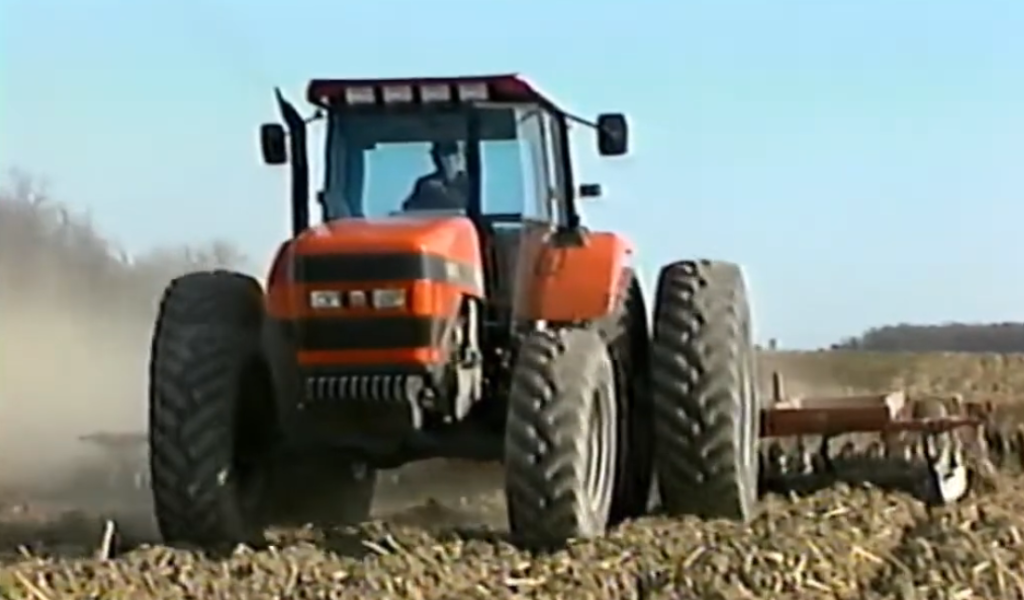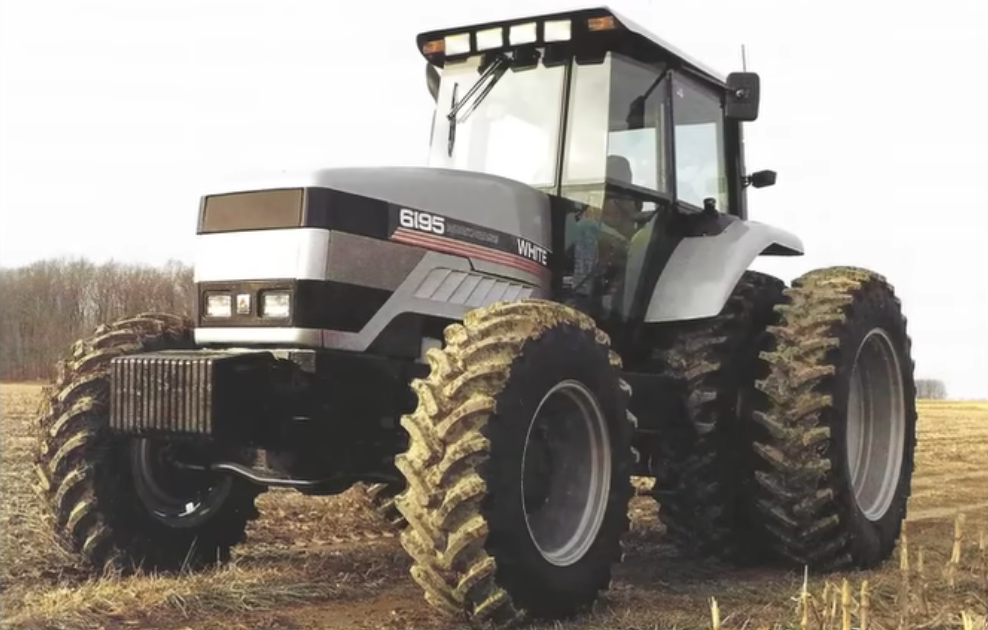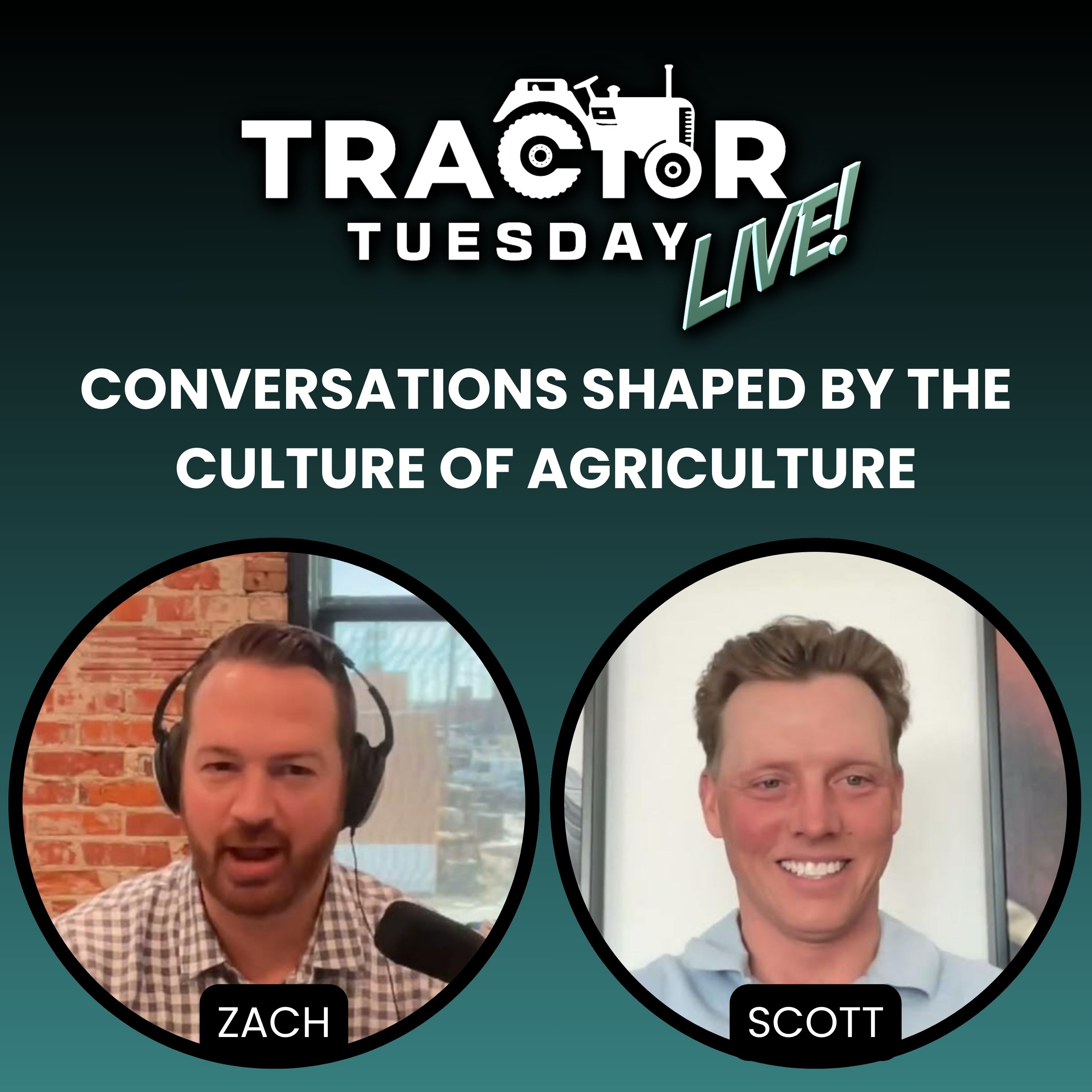In the long history of farm machinery, there are plenty of interesting crossovers. But few stories are stranger than the one in which three of the biggest names in agriculture – Case, John Deere, and AGCO – ended up inside the same tractor. At first glance, the tractor wore an AGCO badge on the hood. Underneath, though, it carried a Case-built engine and a transmission with roots in John Deere’s engineering. Most farmers had no idea they were driving a mechanical mash-up of the industry’s most powerful brands.
The Case and Cummins Connection
The story begins in the 1980s, when J.I. Case partnered with Cummins to create the engines that would become legends in their own right: the 5.9-liter and 8.3-liter diesels. Together, they formed Consolidated Diesel Corporation, a joint venture that produced engines tough enough to power both tractors and heavy equipment. These engines were smooth, reliable, and nearly indestructible, and they went on to find homes in everything from Case IH tractors to medium-duty trucks.
When Case merged into Case IH, those same powerplants continued to build their reputation. Farmers came to trust the 8.3 especially for its durability and torque. It was a workhorse engine that could take on anything from tillage to heavy hauling, and its design DNA would later show up in some very unexpected places.
The Funk Powershift and John Deere Connection
The next part of this story involves one of the most important transmission builders in agricultural history: Funk Manufacturing. Based in Coffeyville, Kansas, Funk had a long reputation for building durable, high-performance powershift transmissions. Their designs were used in everything from industrial equipment to Ford’s 8030 Series tractors, which featured the now-famous Ultra-Command powershift.
In 1989, John Deere acquired Funk Manufacturing, bringing that expertise directly under the Deere umbrella. From that point forward, any machine using a Funk transmission carried a bit of Deere’s engineering DNA. This acquisition made the later crossover even more fascinating, because it meant that when AGCO began using Funk powershifts in the early 1990s, they were effectively installing John Deere-built technology in their tractors.
The White and Allis Hybrids
The result was one of the most interesting mechanical hybrids in farm equipment history. The White 6100 series, launched under AGCO ownership in the early 1990s, used the Case-Cummins 8.3-liter engine paired with the Funk powershift transmission. Around the same time, the Allis 9600 series shared similar architecture, even using the same service manuals. Farmers who bought these tractors saw the familiar White or Allis logo on the hood, but under the sheet metal, the machine was a patchwork of engineering from Case, Cummins, and Funk.

This unusual combination produced a tractor that performed well in the field, but it also created a parts challenge later on. Owners found themselves ordering engine components from Case dealers, transmission parts from John Deere sources, and brand-specific accessories from AGCO. It was an unlikely trio that worked together for a brief moment in time, leaving behind a small but fascinating chapter in machinery history.
Farmers Who Never Knew
The average farmer who climbed into one of these AGCO-badged tractors probably never realized how many companies had their fingerprints on it. What they did notice was that it pulled hard, shifted smooth, and held up year after year.
Today, collectors and restorers look back on these models with renewed interest. They represent a rare moment when competition took a back seat to practicality, and the best parts of multiple brands came together to build something unique.
A Short-Lived Alliance
The AGCO-White tractors powered by Case-Cummins engines and Funk transmissions never became mainstream. They filled a small but memorable space in the early 1990s, when the farm equipment industry was consolidating and adapting to new technology. Still, their story reminds us that the boundaries between brands have never been as firm as their paint colors suggest.
What matters most is that these machines worked. Whether a farmer saw AGCO orange, Case red, or John Deere green, the mix of components underneath proved that good engineering transcends logos. And in that strange overlap, one of the most fascinating tractors in history was born.
Watch the full “Legendary Tractors” episode below to see how it all came together.



Leave a Reply